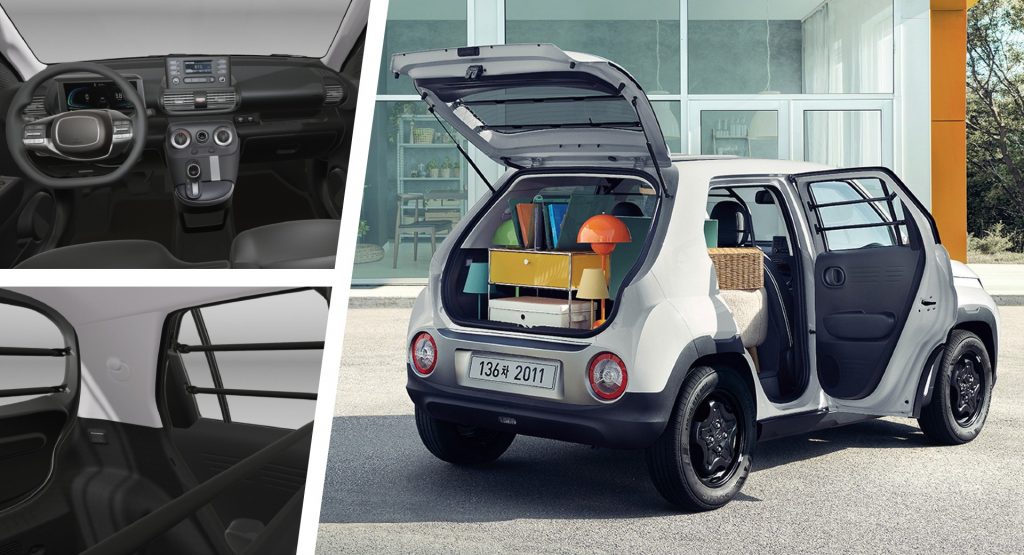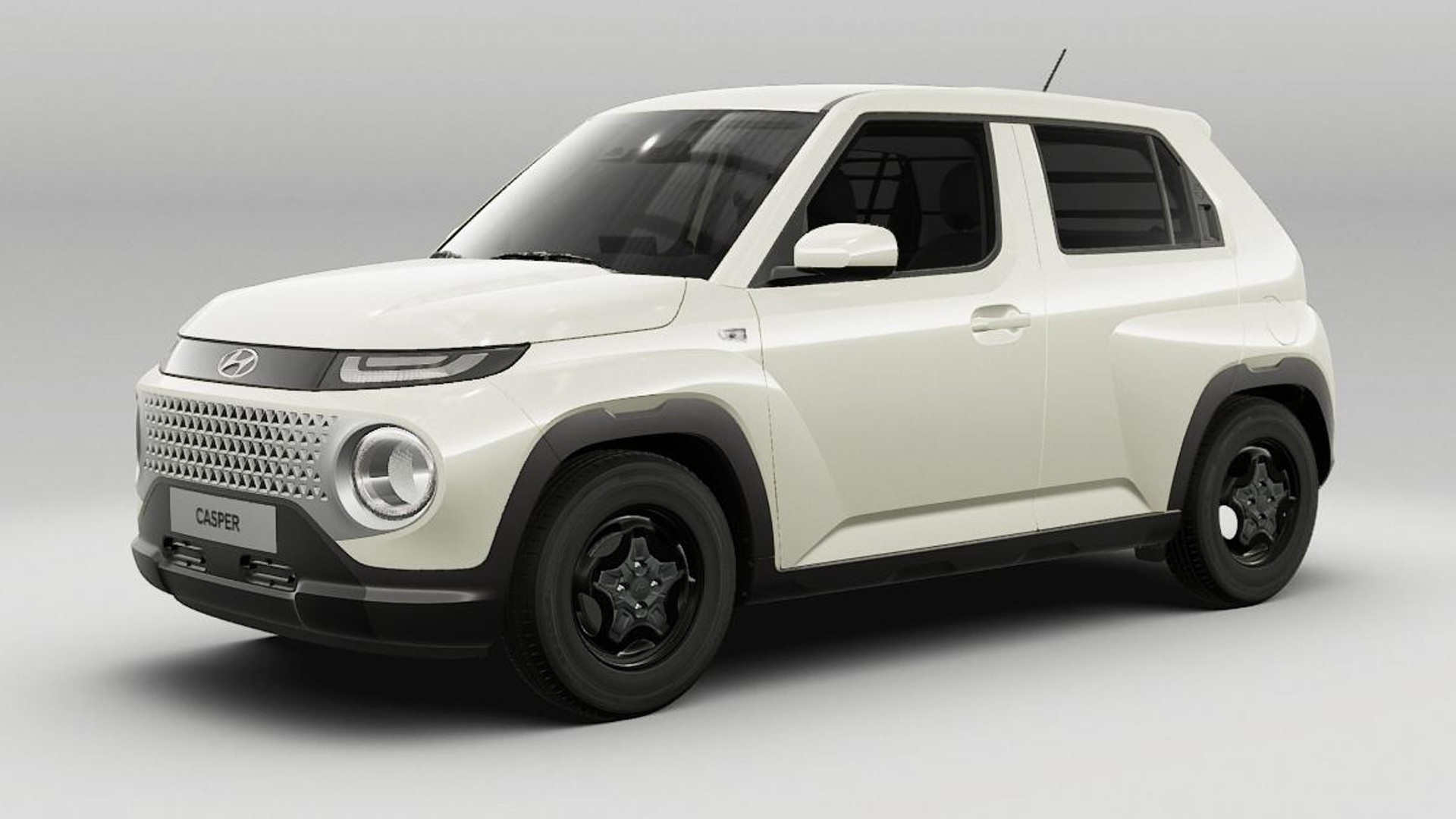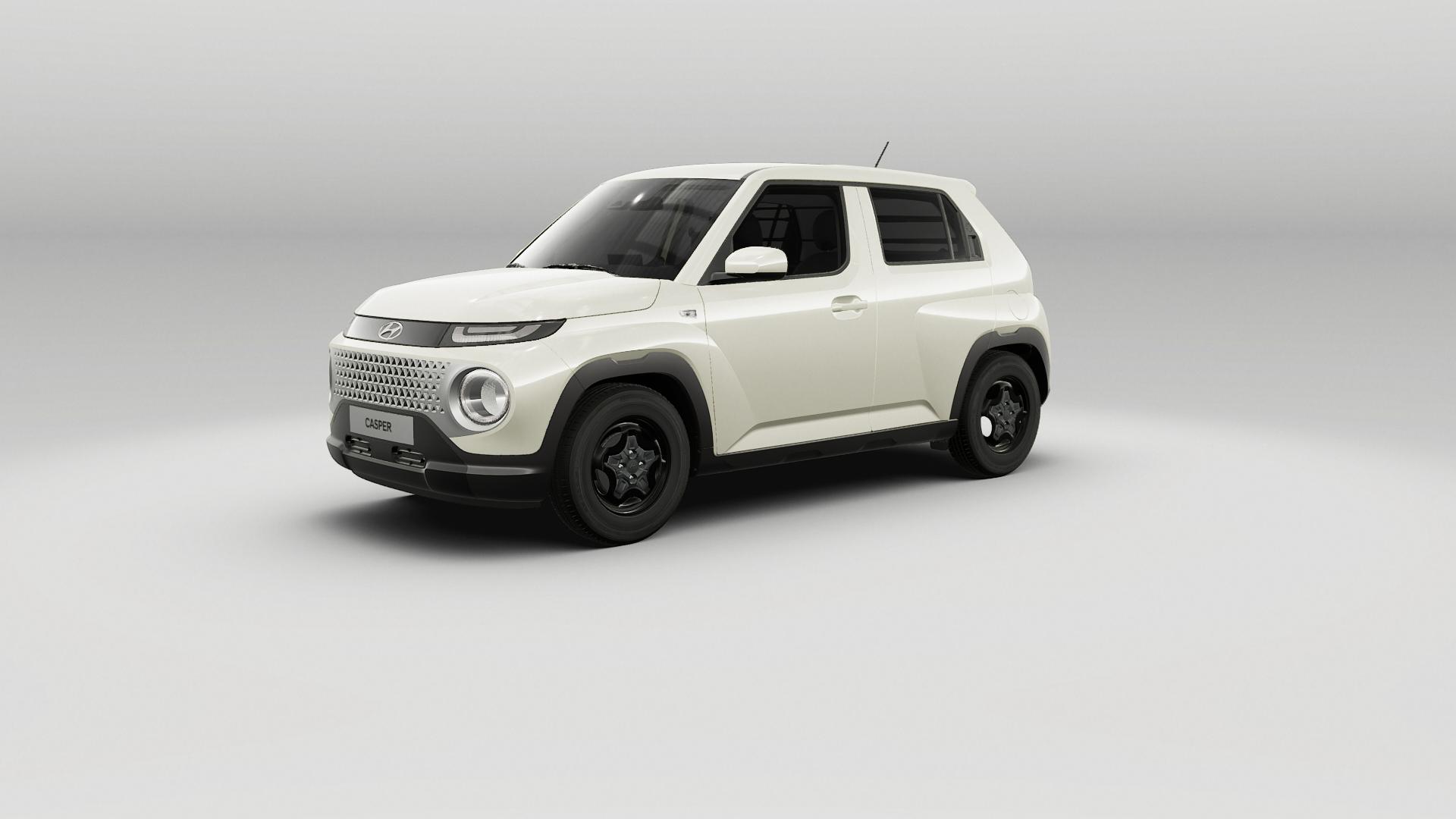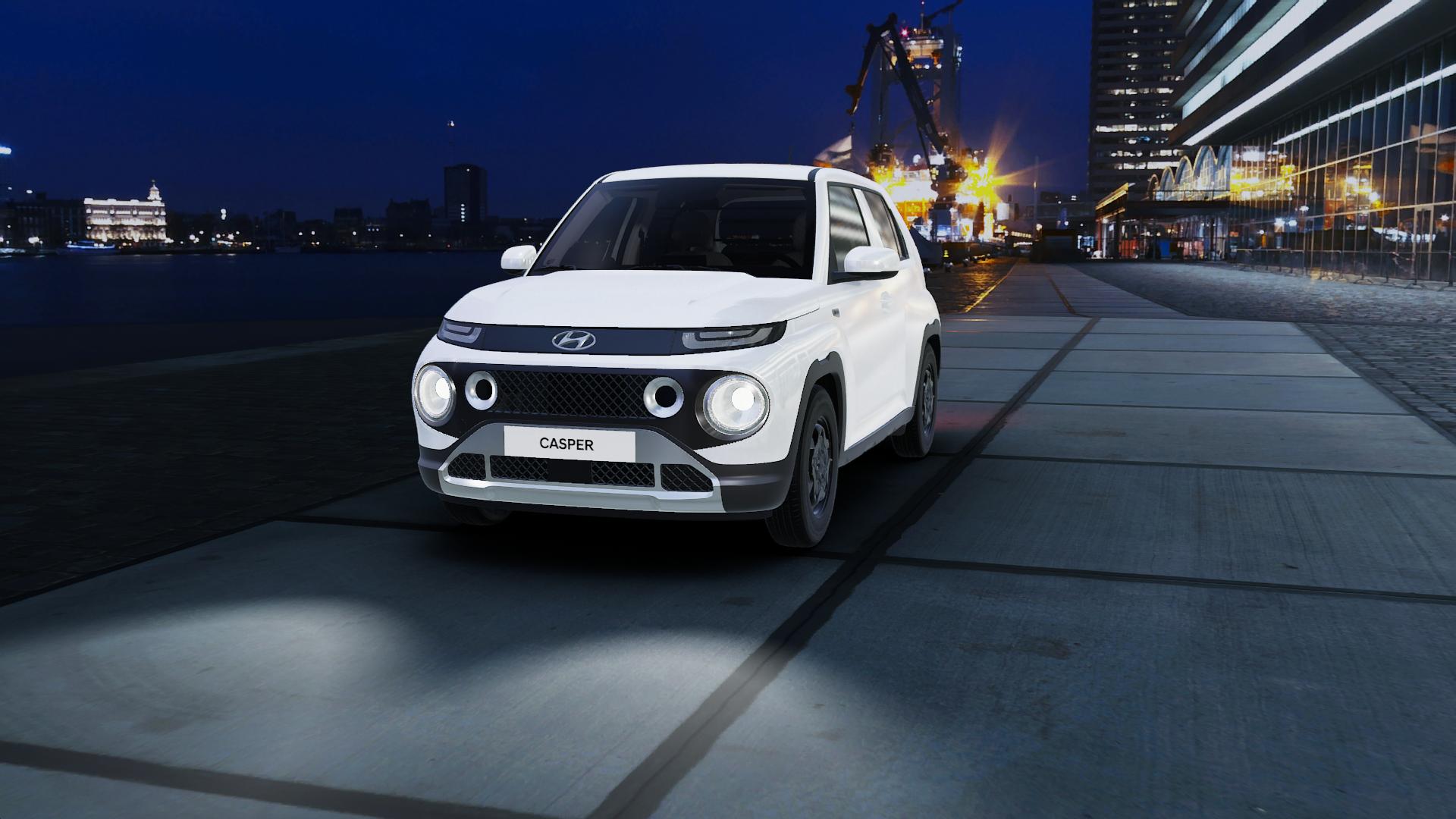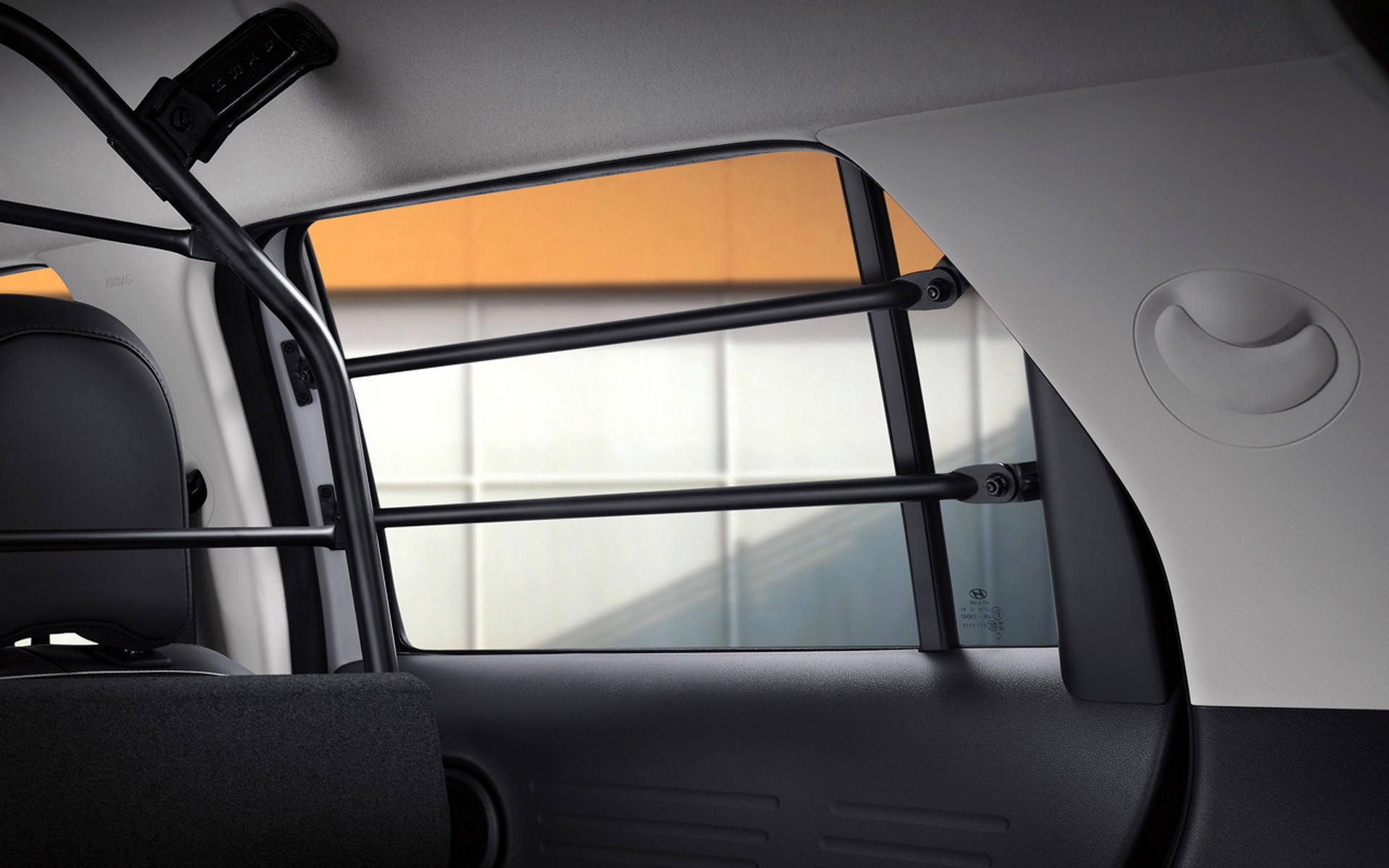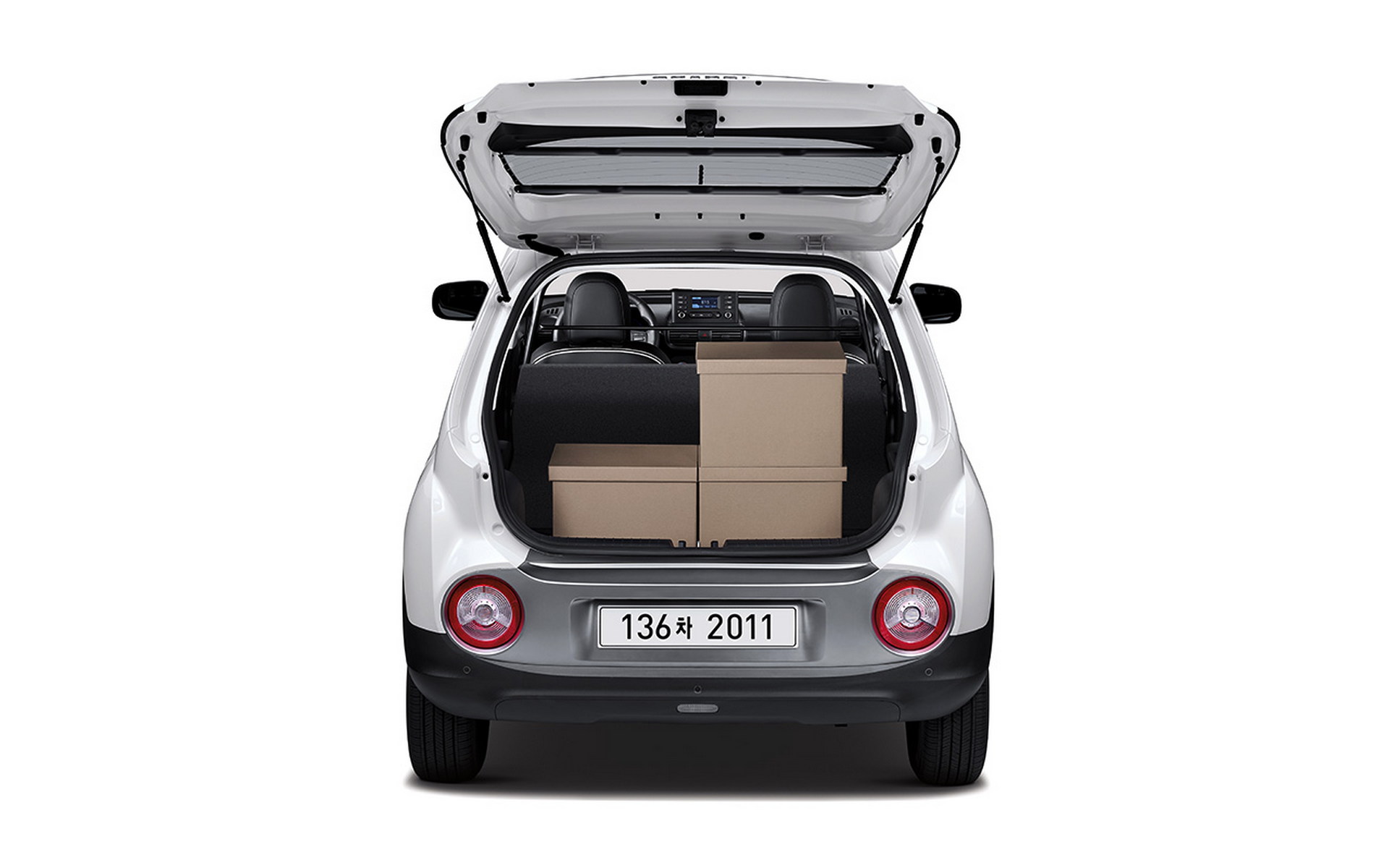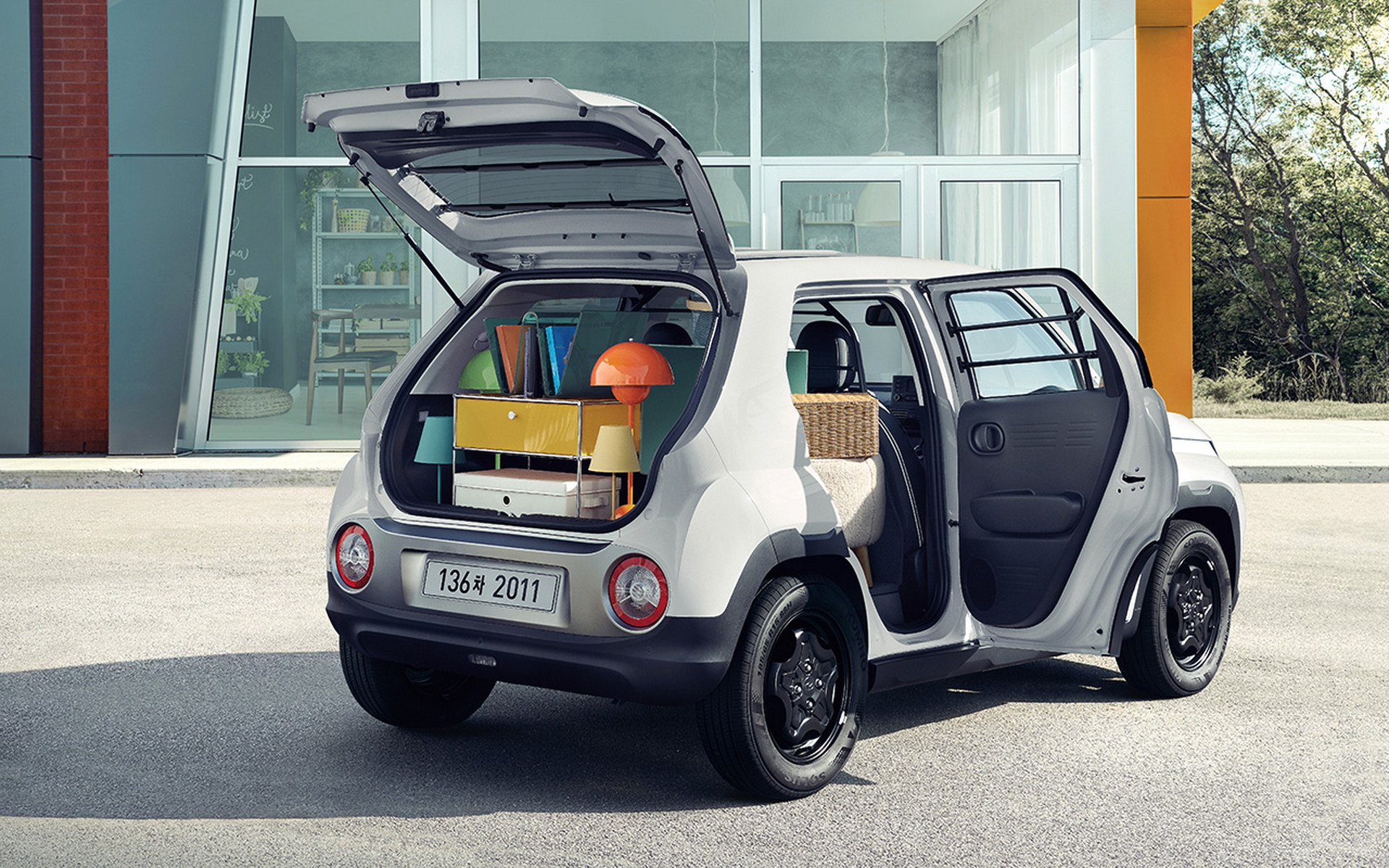The Hyundai Casper has been a hit both in terms of sales and design, with a lot of people expressing their admiration for the tiny Korean model. Now, Hyundai expands the range of the model with the addition of the Casper Van, a two-seater LCV variant targetted at professionals looking for a stylish small van.
From the outside, the Casper Van looks identical to the passenger version. Stepping inside the cabin reveals that the rear seats have been completely removed, creating a cargo space of up to 940 lt (33.2 cubic feet) which is sufficient for a vehicle measuring 3,595 mm (141.5 inches) long. For safety reasons, Hyundai added metal protective bars on the rear side windows and the rear windshield, together with a partition.
See Also: Hyundai’s Adorable New Casper Goes On Sale In Korea With A Sub-$12k Price And Plenty Of Kit
In Korea, the Hyundai Casper Van starts from 13,850,000 won ($11,503 in current exchange rates), which weirdly is exactly the same as the regular Casper. Unlike its passenger-ready sibling, the Van is only available in the base-spec smart trim which means you will be missing features like the infotainment touchscreen found on higher trim levels.
However, the Casper Van still gets LED DRLs, Rear Parking Sensors, a 4.2-inch digital instrument cluster, USB port, Bluetooth connectivity, and two speakers. It also gets the same ADAS including Cruise Control, Forward Collision-Avoidance Assist, Lane Keeping Assist, and High Beam Assist. The configurator in Hyundai’s Korean website, didn’t have an option of changing the wheels, but the standard black-painted 15-inch steel rims look good enough for the job.
See Also: Hyundai Casper N Render Is Pure Fiction But We Like It
Optional equipment includes heated and ventilated seats with leather-style upholstery for 600,000 won ($499), heated steering wheel and dimmable mirror for 330,000 won ($274), and the more attractive front bumper from the Casper Active for 950,000 won ($790). If you need to carry more stuff, you could always add the metal roof rack by Thule which costs 550,000 won ($457).
In terms of powertrains, the tiny LCV is exclusively available with the naturally aspirated 1.0 MPI three-cylinder producing 75 hp (56 kW / 76 PS), leaving the more potent turbo for the passenger version. Like in all Casper variants, power is transmitted to the front wheels through a four-speed automatic gearbox.
Hyundai has been tight-lipped when it comes to the availability of the Casper outside its home market in Korea. While a US launch seems highly unlikely, exporting their latest small model in Asia and Europe would make sense since there is plenty of demand for affordable models with compact dimensions and adventurous styling.




